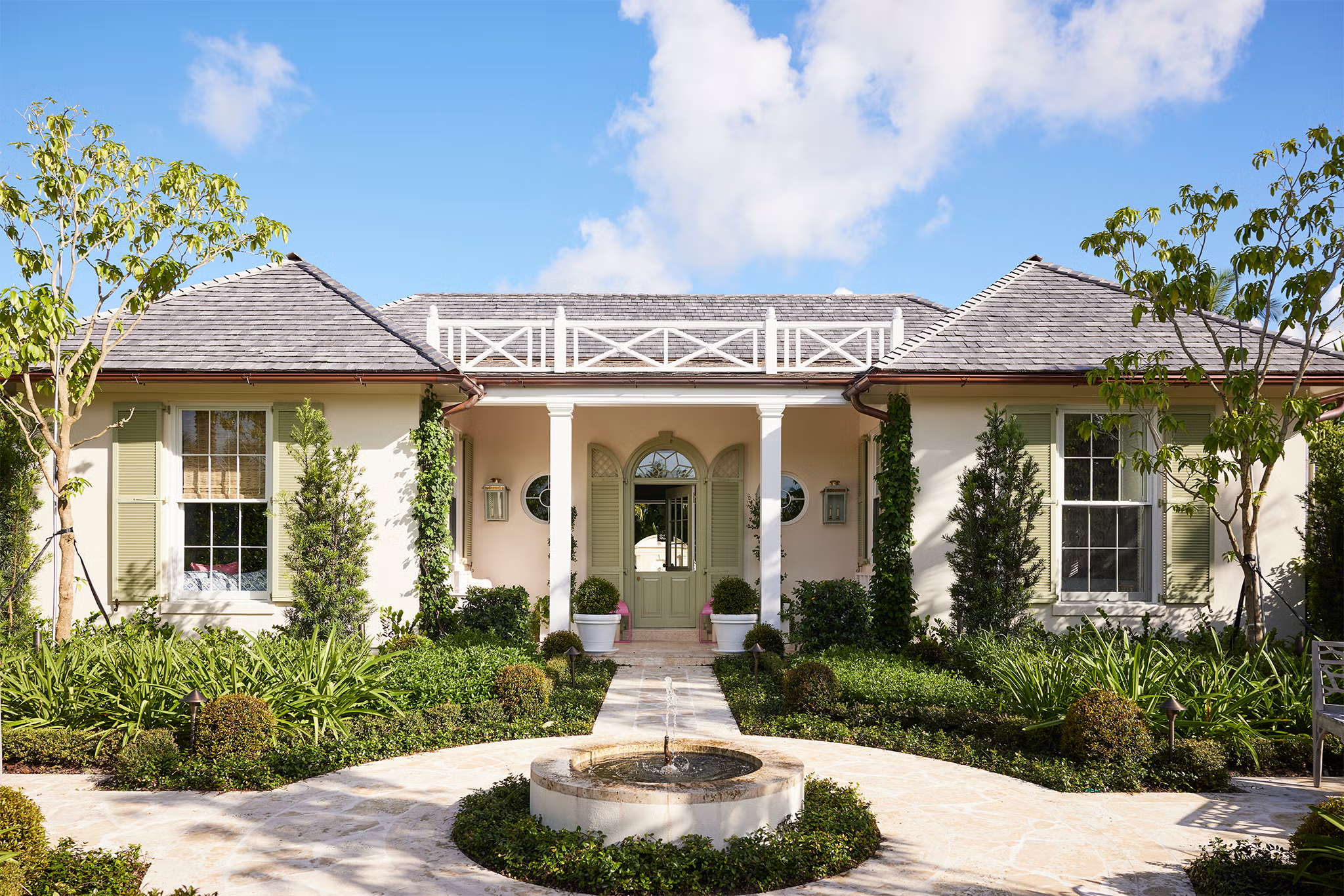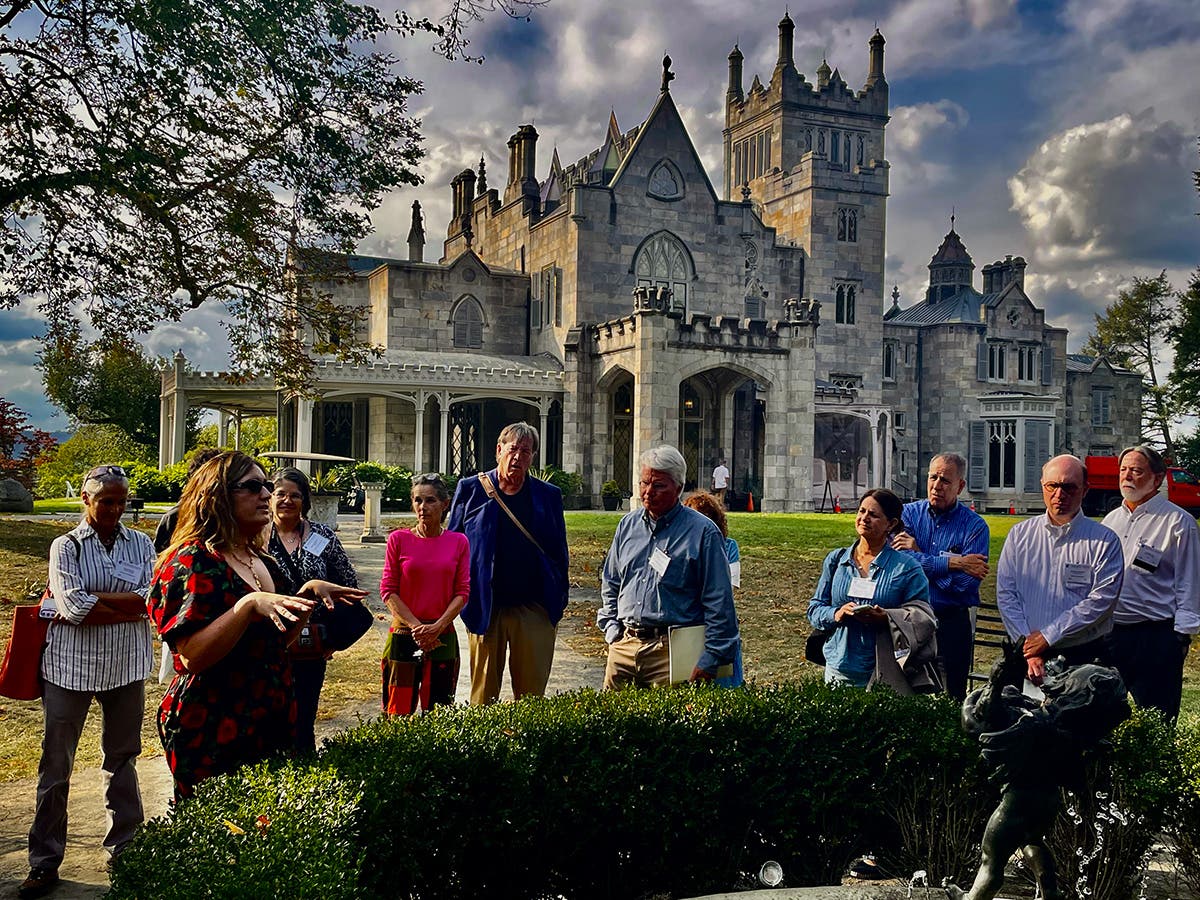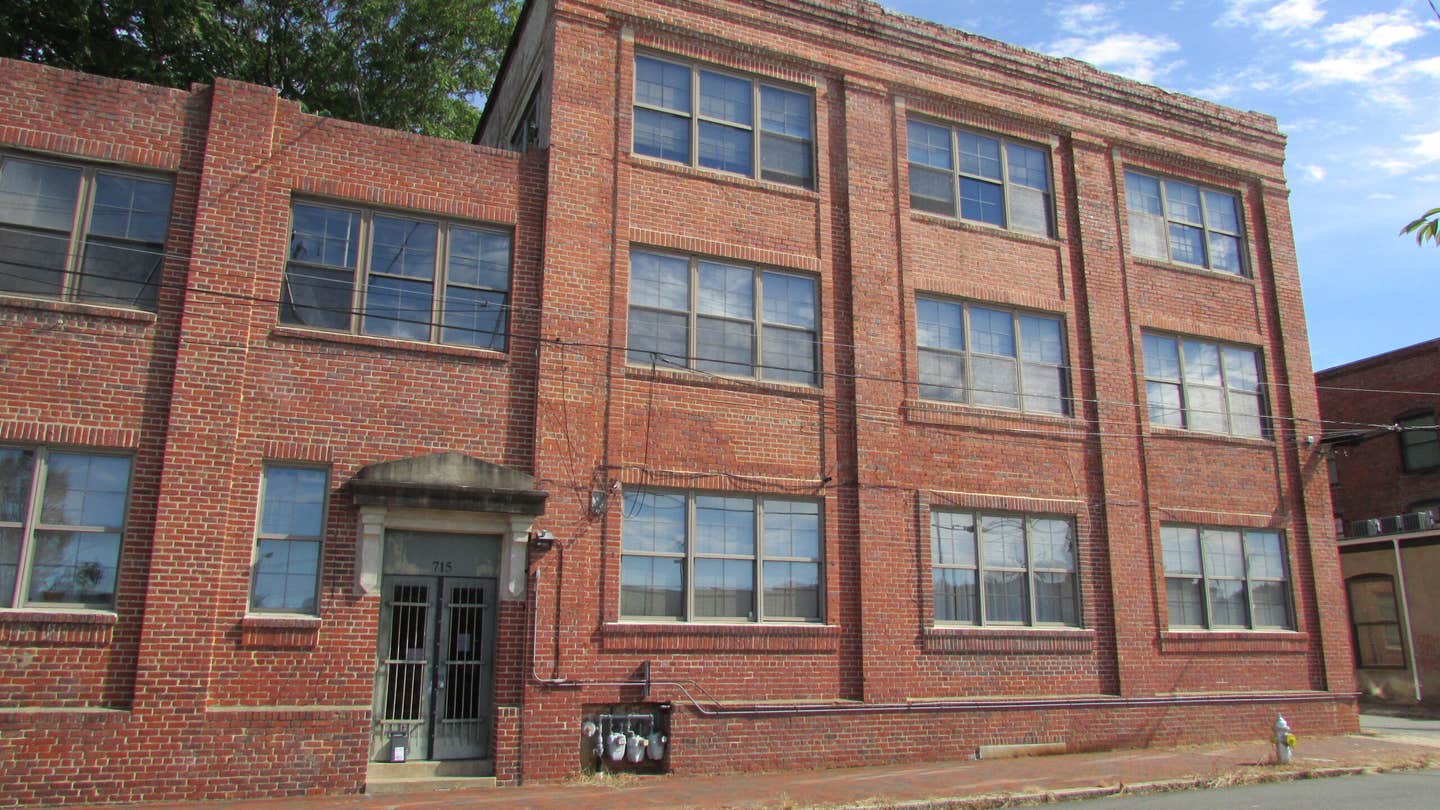
Blogs & Editorials
What I See and Hear from You
FGS Design’s Palladio Award-winning family compound project in the Bahamas.
I have spent a lot of time covering my beat this summer, including the AIA convention in Boston, the Traditional Building Conference in Colonial Williamsburg, three design awards ceremonies, including Palladio, the FAIA induction, meetings, interviews, and conversations with you: the professionals who work in our field. I’m not given to expressing my opinions much, but I do have observations I’ll share here, about midway through the year 2025.
Succession, Engagement, and New Relationships
The post-pandemic return to in-person engagement is growing, as evidenced by strong attendance at industry events, enthusiastic networking, and a back-to-the-office migration. There are a few reasons for this other than a vaccine. The almost back-to-normal supply chain has helped builders and architects burn off their backlogs. Now we’re out looking again, for new business and new relationships.
Even I’m being solicited more frequently by architects, builders, institutions, and PR firms. I remind myself it’s not me—delusion is dangerous. It’s the media platform I work from. There are other reasons more people are out and about.
There is a succession taking place in our marketplace. The founders and principals of building and design firms are handing the reins to their younger partners. This is both a demographic reality and a function of burnout. The new younger partners, who heretofore let their elder rainmakers be the face of their firms, are coming out.
At institutions who steward traditional buildings, like the National Park Service, the General Services Administration, and other federal agencies, early retirements and layoffs are what’s happening. Who will take their place to get the important work of preserving our architectural legacies? The newbies, while capable, do not have the nuanced experience or institutional memory that their predecessors had.
And so, it is in this changing environment that we are hungry to engage with one another, to learn from each other, to lean in on building new relationships, whether with our project collaborators, our suppliers, or our clients. You may be challenged to train a whole new freshman class of clients who really need your expertise, even if they don’t admit it.
The Beauty of Classicism
Another thing I hear a lot is the messaging from the historic preservation and the broader architecture community, particularly the AIA and the National Trust for Historic Preservation, both important nonprofit associations serving our field. There is a tendency for these non-profs to attach what we do to the “issues du jour,” to sell architecture and historic preservation’s solutions for everything from sustainability to social justice. While these are very important issues, the panacea that is architecture and historic preservation sounds like a spread-too-thin proposition.
This is why the discussion of “beauty” has resonated with me lately. I hear more designers talking about it. And I’m hearing more talk about craftsmanship and materiality for its contribution to creating beauty. In a design symposium I moderated about “Classicism in the West” hosted by the ICAA Rocky Mountain Chapter, interior designer Barbara Eberline defined classicism as “beauty.” It’s a simple truth for us, not an exaggeration, supported by common sense and by neuroscience.
Speaking of beauty, I want to plug the winning projects of this year’s Palladio Awards which celebrate excellence in traditional design and craftsmanship. We had a record number of entries this year and the work keeps getting better, year after year. As Traditional Building editor Nancy Berry points out in our podcast this month, “It’s not just Greek Revival anymore. We see stunning projects in the classical vocabulary with interpretive designs. It is traditional with a creative twist.”
Beauty AND wellness. As reported here last month, the AIA annual conference was replete with seminars about the architecture of wellness or biophilic design. Thank goodness we’re providing a cure for my anxiety.
Classicism is for Everyone
Many of the residential projects that cross our desk are very high-end family compounds and getaways. These projects were motivated in part by the pandemic but also by the chaos of life, the need to retreat and relax. These homeowners are in many cases sixty-five years old or older, building their forever homes and entertaining kids, grandkids, and friends. According to the Joint Center for Housing Studies at Harvard, this cohort’s spending on restoration/renovation/construction has, in the last several years, increased their share of the market vs. those of lesser means.
On the other end of the economic scale, the L’Enfant Trust gave me a tour recently of their good work in the historic Washington D.C. neighborhood of Anacostia. This nonprofit is buying abandoned and dilapidated houses, restoring them, and putting them back into the community by selling them at below market rates.
These are proud, traditional houses built at the turn of the 20th century which, when restored, are in context with their origins and their neighbors. Seeing the L’Enfant Trust’s mission in action reminded me of something Andres Duany proclaimed to an audience of classicists at one of our Traditional Building Conferences: “Classicism can’t just be for rich people.”
I’ve seen yet another example of affordable housing designed with a contextual and traditional approach by Union Studio. The firm’s founder, Donald Powers, told me, “I’ve always called myself a classicist—and what better place to apply it than to affordable housing where people don’t have control of how they live life and still face challenges. With affordable housing we don’t experiment, we refine.”
The people I talk to in our professional circle are always upbeat when talking to me. I often wonder if things are as good as they sound. I don’t know about you, but lately I’ve been thinking: things never get easier. There’s no such thing as “set it and forget it.” Everything important requires constant attention, from project management to client relations. One builder told me recently, “if it’s not one thing it's another.” My personal example is that my knee replacement surgery last fall got infected six months later, which required a second surgery this summer.
I was hobbling through the airport last week, late to catch my flight, when an announcement on the loudspeaker told me my gate had changed from concourse A to Z. This meant traversing the length of the airport on a bum leg, carrying a suitcase and a briefcase. “No worries," I thought to myself, "just ahead is a moving sidewalk.”
Guess what happened when I arrived at the moving sidewalk? It was out of order. "If it's not one thing it's another." I made my flight, barely, then found comfort thinking about how I am part of a traditional building and design business that makes durable things, repairs things, and makes them better.
Peter H. Miller, Hon. AIA, is the publisher and President of TRADITIONAL BUILDING, PERIOD HOMES and the Traditional Building Conference Series, and podcast host for Building Tradition, Active Interest Media's business to business media platform. AIM also publishes OLD HOUSE JOURNAL; NEW OLD HOUSE; FINE HOMEBUILDING; ARTS and CRAFTS HOMES; TIMBER HOME LIVING; ARTISAN HOMES; FINE GARDENING and HORTICULTURE. The Home Group integrated media portfolio serves over 50 million architects, builders, craftspeople, interior designers, building owners, homeowners and home buyers.
Pete lives in a classic Sears house, a Craftsman-style Four Square built in 1924, which he has lovingly restored over a period of 30 years. Resting on a bluff near the Potomac River in Washington, D.C., just four miles from the White House, Pete’s home is part of the Palisades neighborhood, which used to be a summer retreat for the District’s over-heated denizens.
Before joining Active Interest Media (AIM), Pete co-founded Restore Media in 2000 which was sold to AIM in 2012. Before this, Pete spent 17 years at trade publishing giant Hanley Wood, where he helped launch the Remodeling Show, the first trade conference and exhibition aimed at the business needs and interests of professional remodeling contractors. He was also publisher of Hanley Wood’s Remodeling, Custom Home, and Kitchen and Bath Showroom magazines and was the creator of Remodeling’s Big 50 Conference (now called the Leadership Conference).
Pete participates actively with the American Institute of Architects’ Historic Resources Committee and also serves as President of the Washington Mid Atlantic Chapter of the Institute of Classical Architecture & Art. He is a long-time member of the National Trust for Historic Preservation and an enthusiastic advocate for urbanism, the revitalization of historic neighborhoods and the benefits of sustainability, including the adaptive reuse of historic buildings.









